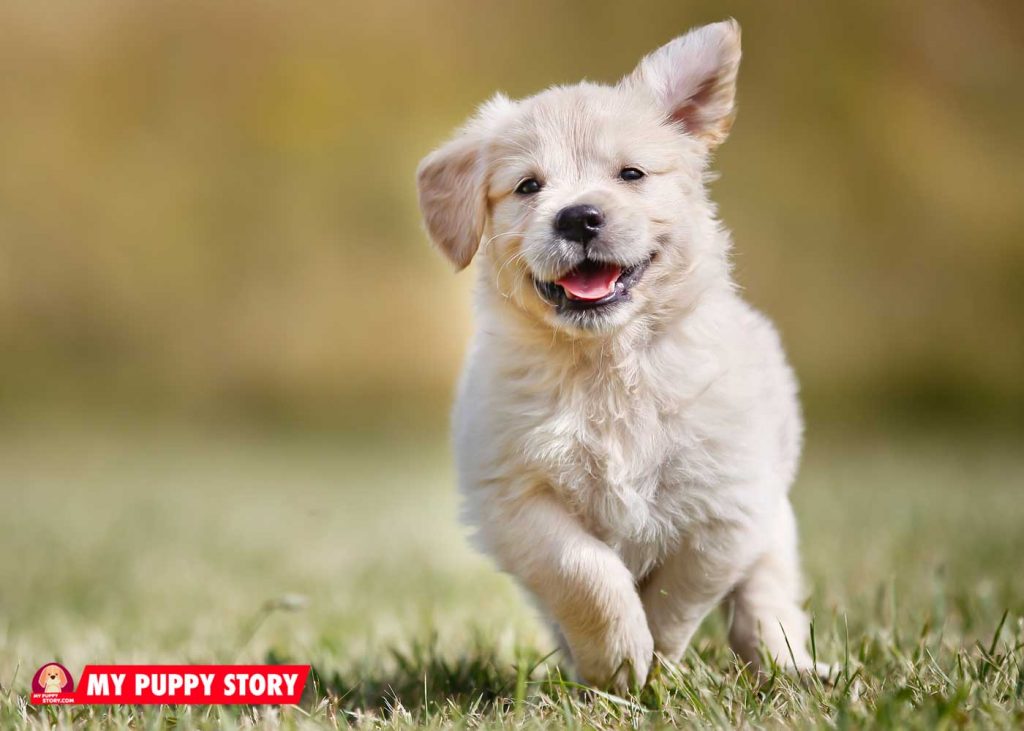
Positive training is not a recent construct. It combines mostly positive training techniques for the dog into a pre-existing system in which it learns to be disciplined as well as being groomed in the best manner.
There are various ways to apply positive training. However, there are a few do's and don'ts to follow:
Immediately Commend and Reward
Just like humans, dogs want immediate gratification. They should not be left unappreciated for their behavior. They can be either shown affection or given a treat. The dog must be rewarded immediately or else it may not be able to draw the conclusion that good behavior equals rewards. If this does not happen, then the dog may feel underappreciated or may not learn anything.
Keep It Short and Enjoyable
Short training sessions allow things to stay fresh and the attention span to stay on point. Do not teach the dog too much in one day, as it may not be able to retain all of it.
Refrain from Over-Treating Your Dog
Not to suggest that good behavior should not be left unrewarded, but there should always be a balance. You need to pick your rewards carefully. This way the dog will not be good for the treats but for your affection, which is more important. You can also condition your dog to link a certain sound or clicker with receiving a treat. When you eliminate the treat, your dog will still respond to the sound.
Make Things Complicated
Keep things simple by giving simplistic commands like "sit," "fetch" or "lie down." Elongating the command would just confuse the dog. Also, do not forget to give it an appropriate reward like praise each time he gets the commands right.
Show Inconsistency
You need to maintain a balance between rewards and mere appreciation for the dog. For example, you can't reward your dog for staying off the bed and later let it come up and offer affection. This may confuse the dog on how to behave. Also, it is important that others around you abide by these set principles adopted by you toward your dog.
Say 'Yes' All the Time
A common mistake that often accompanies positive reinforcement is that pet owners, in affection, allow their pet to do anything and everything. If your dog is acting up, then you must tell it right from wrong.
It is a good way to train your dog and must be timed appropriately. A few time periods that are generally agreed upon to enforce positive reinforcement are:
Be sure to keep track of what you reward your dog for. Out of love, you mustn't reward a bad habit as it may be inculcated as the dog may learn to get away with trouble simply because you didn't discipline it.
Positive reinforcement trainers often use hand and verbal signals, clickers, toys, treats, and even games to help modify behavior. A blend of positive (reward-based) and negative (removal of reward) reinforcements is to be maintained for effective training such as dog treats not being given. Do remember that not all dogs are motivated by food.
There are various approaches toward positive reinforcement, some of which are as follows.
Alpha Dog Approach
This approach is not necessarily a widely liked or effective one. It requires you to present yourself as more dominant and superior in all ways. What you say goes or else there will be consequences. This may lead to the dog feeling threatened and hesitant to learn and may act out by being agitated. Also, all dogs want to rise to the top and present themselves as alphas, so this may hurt them psychologically and they may pick fights with you to re-assert their dominance.
Sporadic Reinforcement
Start off with a small reward and go up to big rewards such as praise and food. Once you have established the level of rewards, the high-value reward (like food) should only be given from time to time. That means your dog will not get the high-value reward whenever it responds to a command.
This will help instill a good response from the dog's perspective, making the training more efficient and reliable. The dog will know that a higher reward will be given for certain acts, but nonetheless, it will be appreciated even on small gestures.
Cesar Millan, a famous dog trainer, follows the same positive training for dogs as mentioned above. You know a training technique is effective and successful while training dogs when he suggests it. He uses it in his everyday life while training his and others' dogs. Cesar Millan offers these suggestions to help dog trainers:
The tips mentioned above should allow you to pave a successful path toward positive reinforcement, building a healthy relationship with your dog. It is vital to know and understand that it takes time and effort from both the dog and the trainer's part. It is a slow and therapeutic process, which is known to ensure good results. Be patient and know how your dog feels. Take this opportunity to bond. This will help you learn how to properly take care, train, and disciple the dog, and the dog will learn how to respond and behave accordingly.
